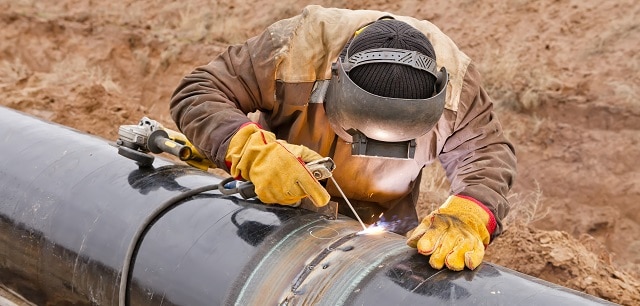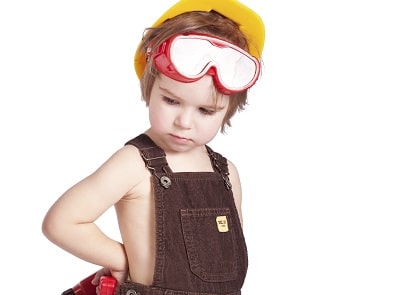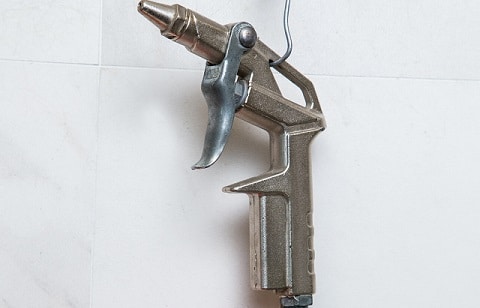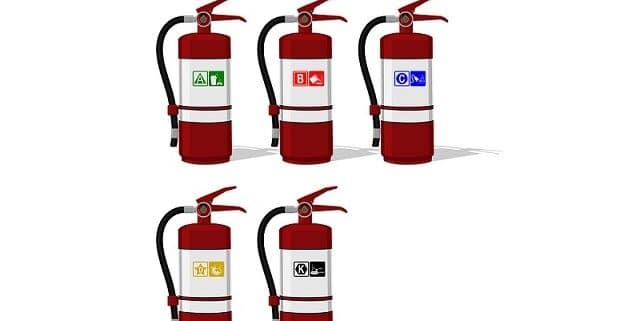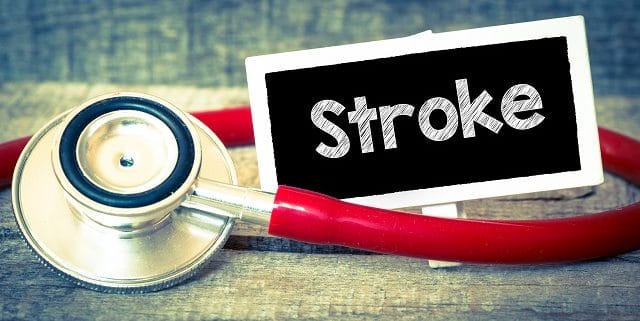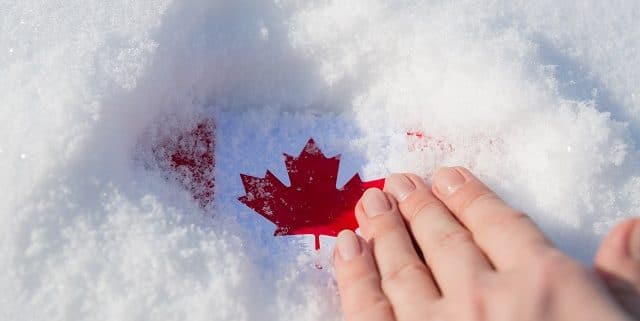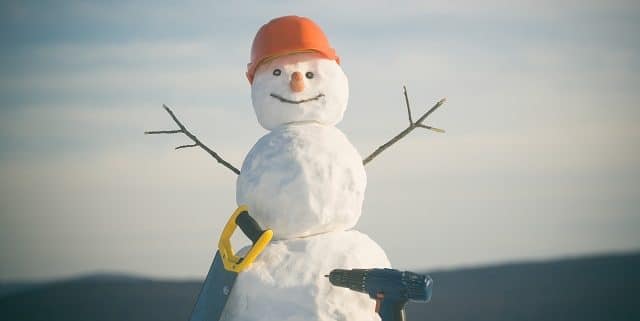Welding PPE – Part 1
It doesn’t matter if you’ve been welding pipe for 25 years or about to strike your first arc, PPE is the difference between you leaving work the same as you came or walking off site looking like Freddy Krueger… Or worse. Welding is very dangerous, we aren’t out here sitting in comfy, ergonomic chairs and desks. Your PPE game has to be on point or you will get hurt, no question. Let’s take at look at what you will need from head to toe.
Now depending on where you’re working (every site and shop has different standards) your face shield may be a soft top ( your typical welding shield, that offers no safety for the top of your head) or clip on (a welding shield that clips onto the front of your hard hat) make sure to use the proper one. As much as soft tops are more comfortable and drastically smaller for those tough to reach welds, there is a reason you’re being asked to wear a hard hat. Make sure your lens is the proper shade. Regular or auto darkening, just make sure that your lens number correlates with the amps being used. This will protect your eyes from infrared and UV rays. Now just because you are wearing a face shield does not mean you get out of wearing safety glasses. Believe it or not those clear glasses also offer excellent UV protection plus they keep out grinding dust, wire wheel debris and slag. Having to double up on eye protection can sometimes cause fog, they have anti fog wipes that are amazing for that, so no excuses. Come back tomorrow and we will gear up for some more safety tips to weld like a pro.

